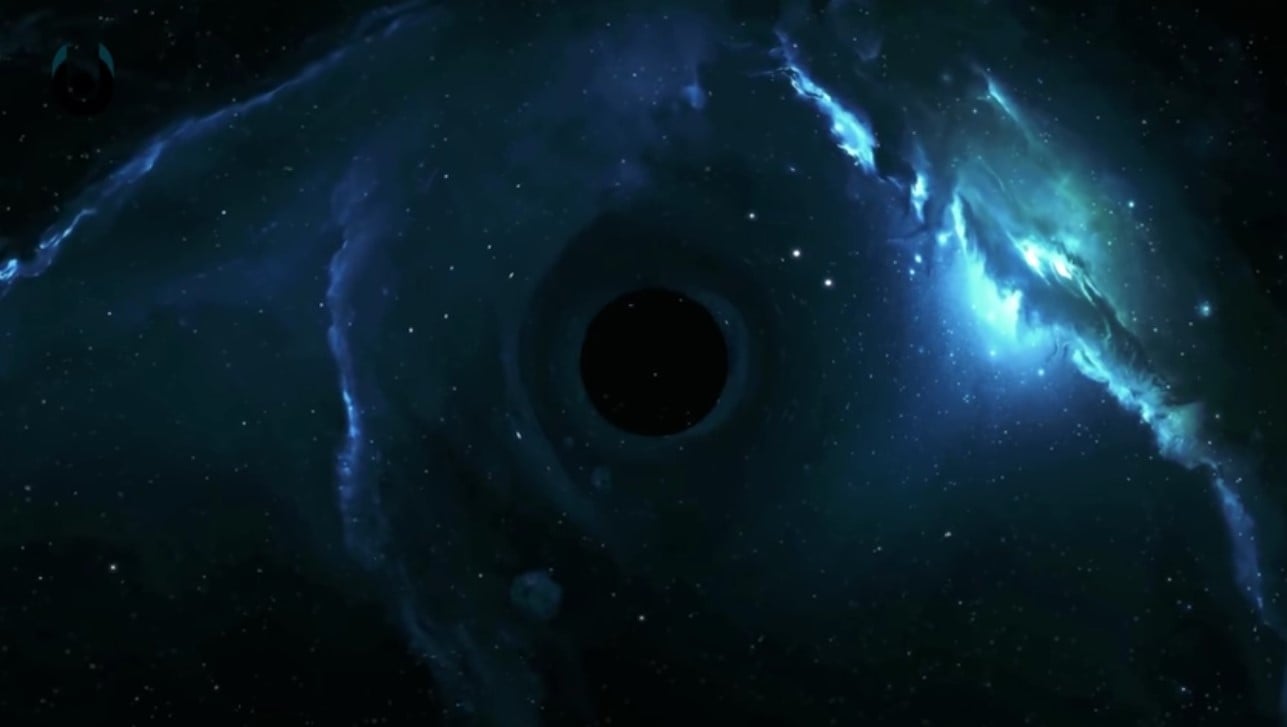Scientists around the world are consistently trying to explain the relationship between the stars and the formation of black holes. Black holes are born from stars. However, not all stars become black holes. Furthermore, black holes would cruelly tear any star apart that would move sufficiently close to be sucked in by the black hole. Now, new papers shed light on the growth of supermassive black holes in larger galaxies.
Previously it was thought that supermassive black holes that are located in the heart of most galaxies would grow at the same pace at which new stars are forming in the galaxies. However, two new papers suggest that the growth of supermassive black holes outpaces the pace of star formation in larger galaxies.
One of those two studies tried to calculate the ratio between the two growth rates, which was previously thought to be roughly the same for all galaxies. The researchers gathered data from NASA’s Chandra X-ray Observatory, the Hubble Space Telescope and other observatories. They took the data for galaxies that are located between 4.3 and 12.2 billion light-years away from our planet.
“We are trying to reconstruct a race that started billions of years ago. We are using extraordinary data taken from different telescopes to figure out how this cosmic competition unfolded,” Guang Yang of Penn State University, who led the study, said in a statement on Thursday.
Yang and his team discovered that the supermassive black holes were growing roughly 10 times faster in galaxies which are at the same time home to roughly 100 billion solar masses worth of stars, as opposed to the galaxies with stars with roughly 10 billion solar masses worth of stars.
“An obvious question is why? Maybe massive galaxies are more effective at feeding cold gas to their central supermassive black holes than less massive ones,” coauthor Niel Brandt, also of Penn State, said in the statement.
The other study was led by Mar Mezcua of the Institute of Space Sciences in Spain. This study observed 72 galaxies located in the center of galaxy clusters which are located up to 3.5 billion light-years from Earth. They used X-ray data from Chandra and radio data from Australia’s Telescope Compact Array, the Karl G. Jansky Very Large Array and Very Long Baseline Array. According to the data from those telescopes, the growth of supermassive black holes was much faster compared to the growth of the stars in their galaxies.
“We found black holes that are far bigger than we expected. Maybe they got a head start in this race to grow, or maybe they’ve had an edge in speed of growth that’s lasted billions of years,” Mezcua said in the statement.
In order to estimate the mass of the black holes, researchers used the relationship between the mass of a black hole and its X-ray and radio emissions. Half of the black holes that they sampled had masses larger than 10 billion times the mass of our Sun, which puts them in a category of extreme weight, which is at times known as “ultramassive.”
“We know that black holes are extreme objects, so it may not come as a surprise that the most extreme examples of them would break the rules we thought they should follow,” said study coauthor J. Hlavacek-Larrondo of the University of Montreal.
Both of the studies of Mezcua and Yang appear in the journal Monthly Notices of the Royal Astronomical Society.





